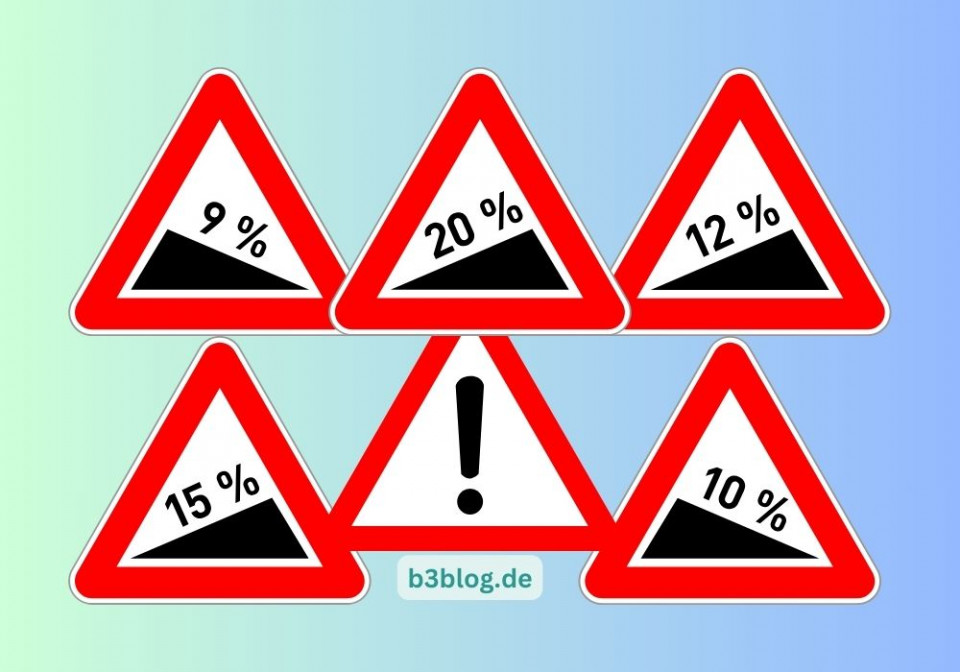How do we want to read in the 21st century?
What is a book anyway? Anyone who thinks that a book must consist of printed and bound paper pages is only partially correct. The first books were rolls of papyrus or parchment with handwritten texts. This gives us an idea that the medium of the book is not so easy to define.
We are not at all concerned with the advantages and disadvantages of reading printed books or digital e-books. Let's just say that, despite all the videos and photos, the Internet cannot do without writing and reading. Many websites and blogs offer a lot of very readable texts that don't count as books. In other words, do we even need books anymore when the Internet provides all the knowledge in the world?
The strength of the Internet lies in its multimedia approach. In this sense, a website can become a multimedia book, into which audio and video elements can be included just as easily as images, graphics and references (aka links). Of course, there are such approaches and corresponding apps. But the classic book model of author > text > reader holds up very impressively, whether as a print or digital product. Only the upstream publisher is becoming less important; self-publishing is an integral part of the book market, and the Internet makes that possible, too. Multimedia reading for children and young people in schools and education still has a lot of room for improvement, to put it mildly.
Still room to grow in the e-book market
But let's stay with the classic book form that we encounter today as a print book (paperback or hardcover) and as an e-book.
At the beginning of the pandemic in August 2020, the German "Börsenblatt" euphorically reported growth in the e-book market: Corona crisis causes e-book market to flourish. But the numbers behind this euphemistic headline are quite sobering. Yes, e-books' share of the book market is rising - about time! And yet, according to Börsenblatt, e-books accounted for just 7.5 percent of the general-interest book market in the first half of 2020, up from 6 percent a year earlier. In terms of sales figures, at least the numbers have already reached double digits: 16.3 million e-books sold in 2019, 18.8 million in 2020. There's still a lot of room for improvement.
An international comparison is also interesting. According to this overview at statista (as of 03/31/21) the share of e-book readers in Germany is just 10 percent - which is below the international average. In the U.S., the share is over 20 percent, and Chinese e-book readers are the most avid, with a share of 24.5 percent. This means that almost a quarter of the Chinese population uses e-books.


